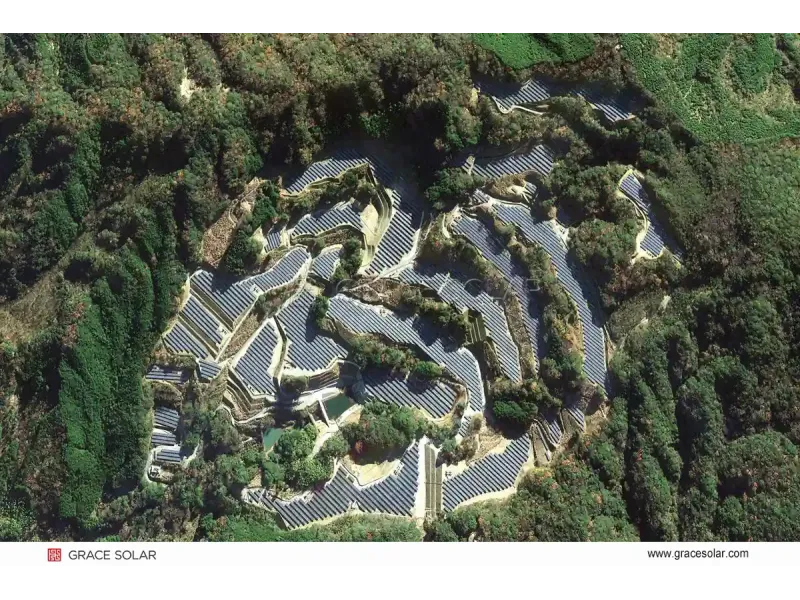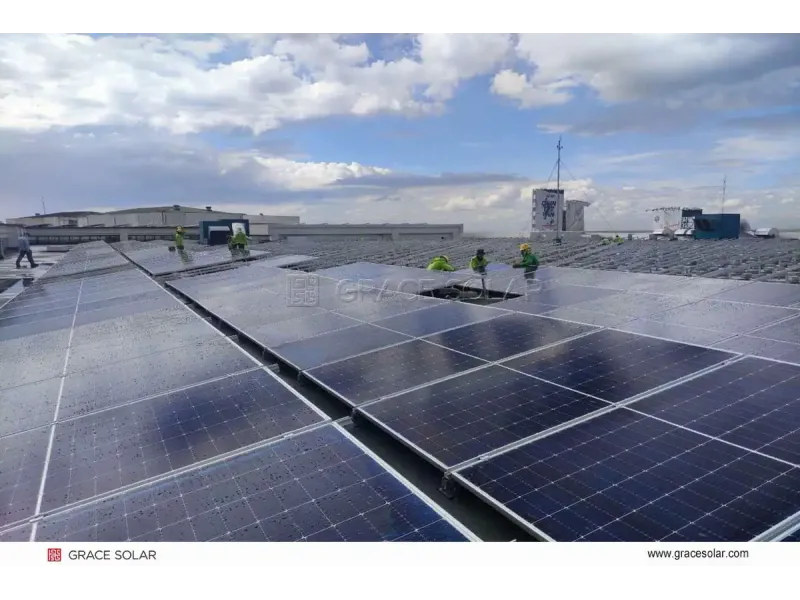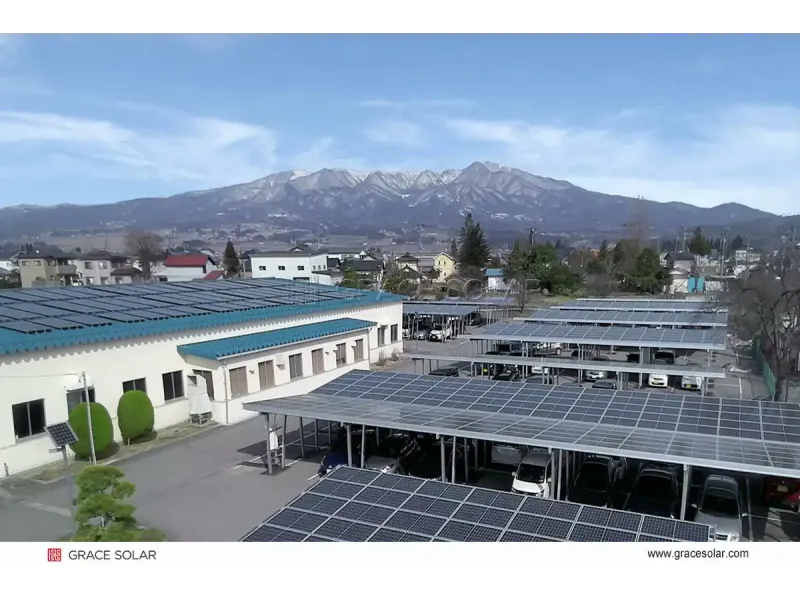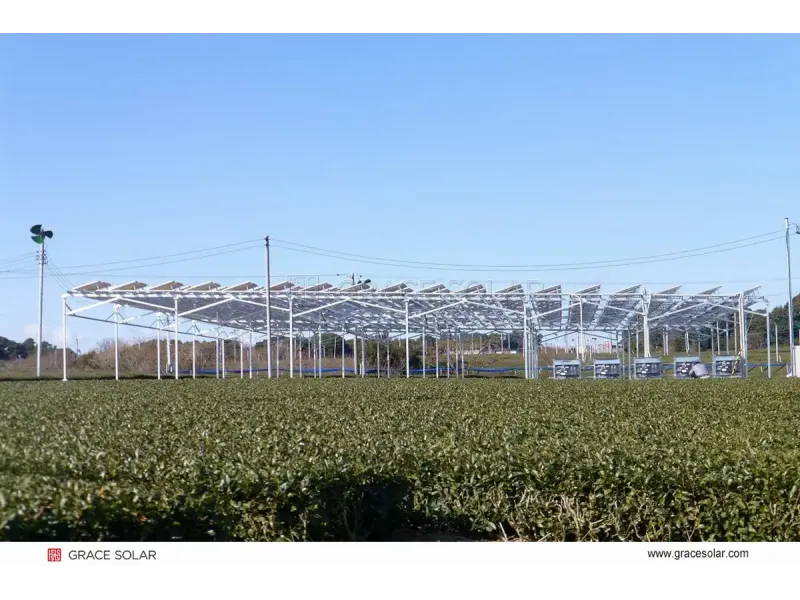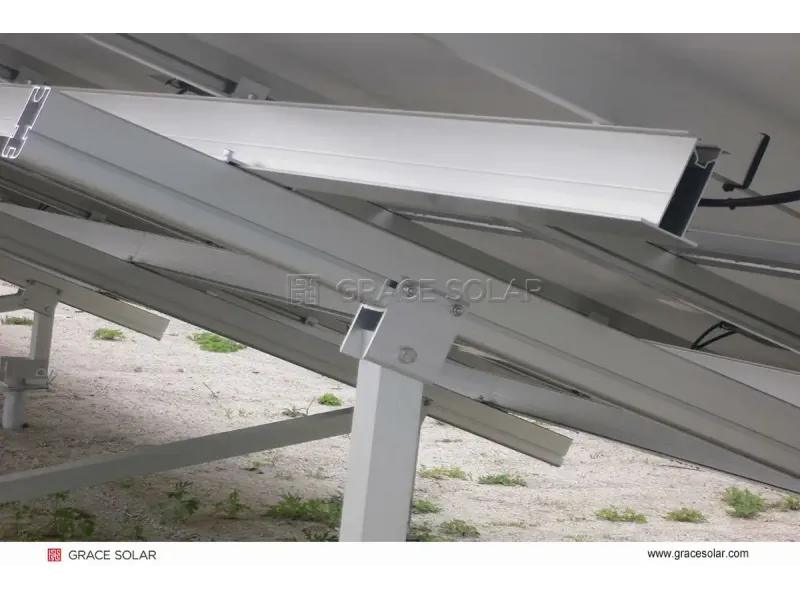Why Solar Trackers Boost Energy Yield
Unlike static solar panels, PV trackers dynamically orient modules toward the sun throughout the day. By maintaining optimal alignment with solar irradiance, these systems achieve 15-45% higher energy harvest compared to fixed-tilt installations. This technology transforms sunlight capture efficiency - particularly crucial for utility-scale projects and areas with expensive land or grid connections.
Tracking System Core Value
PV trackers solve two critical challenges in solar energy:
-
Optimize land utilization by 30%
-
Reduce LCOE by 9-15%
Technology Evolution
From passive fixed systems to AI-powered tracking, technology continuously pushes efficiency boundaries
Three Core Solar Tracker Architectures
Single Axis Trackers: Cost-Effective Performance
Rotating on one horizontal axis - dominates over 70% of ground-mounted installations
Key Advantages
-
+20-35% energy gain vs fixed systems
-
Adaptable to 20% terrain slopes
-
AI algorithms add 8% generation boost
Technical Specifications
Dual Axis Trackers: Precision Sun Tracking
Adjusting both azimuth and elevation angles for maximum energy capture
Performance Highlights
-
+30-45% energy gain vs fixed systems
-
Ideal for high-DNI regions
-
Cloud-adaptive algorithms
Technical Specifications
Comparative Analysis: Tracking Systems
| Parameter | Fixed Tilt | Single Axis | Dual Axis |
|---|---|---|---|
| Energy Gain | Baseline (0%) | +20-35% | +30-45% |
| Installation Cost | Lowest | Medium | Highest |
| Terrain Slope Tolerance | <5% | Up to 20% | Up to 15% |
| Maintenance Requirements | Low | Medium | High |
| Best Applications | Rooftop systems | Utility-scale farms | High-irradiance regions |
Future of Solar Tracking Technology
AI Optimization
Next-generation trackers integrate machine learning to:
- Predict cloud movement patterns
- Optimize tracking during partial shading
- Reduce unnecessary motor movements
Hybrid Systems
Emerging solutions combine tracking with:
- Bifacial module optimization
- Integrated energy storage
- Agrivoltaic applications
Advanced Materials
Material innovations enable:
- 30% lighter structures
- Enhanced corrosion resistance
- Longer system lifespan
Ready to Optimize Your Solar Project?
Explore our complete range of solar tracking solutions tailored to your specific requirements
Browse Tracking Systems
